Ana Freire
Monitoring Diversity of AI Conferences: Lessons Learnt and Future Challenges in the DivinAI Project
Mar 03, 2022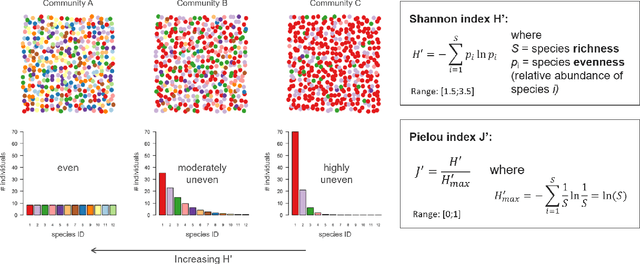
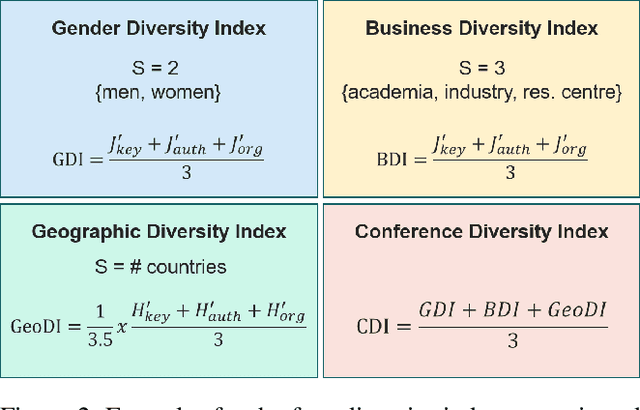
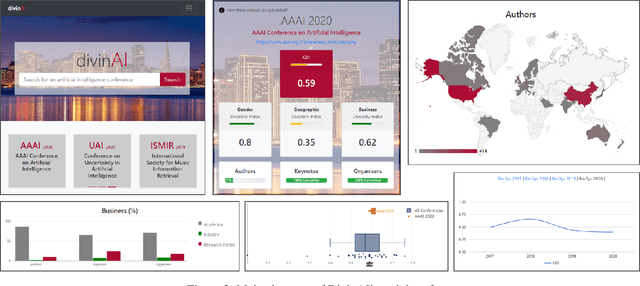
Abstract:DivinAI is an open and collaborative initiative promoted by the European Commission's Joint Research Centre to measure and monitor diversity indicators related to AI conferences, with special focus on gender balance, geographical representation, and presence of academia vs companies. This paper summarizes the main achievements and lessons learnt during the first year of life of the DivinAI project, and proposes a set of recommendations for its further development and maintenance by the AI community.
Measuring Diversity of Artificial Intelligence Conferences
Jan 20, 2020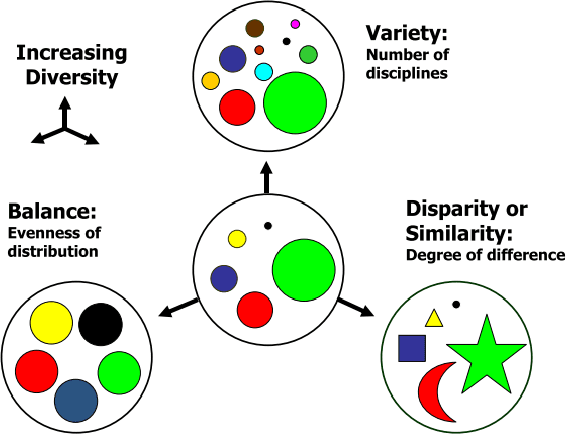



Abstract:The lack of diversity of the Artificial Intelligence (AI) field is nowadays a concern, and several initiatives such as funding schemes and mentoring programs have been designed to fight against it. However, there is no indication on how these initiatives actually impact AI diversity in the short and long term. This work studies the concept of diversity in this particular context and proposes a small set of diversity indicators (i.e. indexes) of AI scientific events. These indicators are designed to quantify the lack of diversity of the AI field and monitor its evolution. We consider diversity in terms of gender, geographical location and business (understood as the presence of academia versus industry). We compute these indicators for the different communities of a conference: authors, keynote speakers and organizing committee. From these components we compute a summarized diversity indicator for each AI event. We evaluate the proposed indexes for a set of recent major AI conferences and we discuss their values and limitations.
Recommender System for News Articles using Supervised Learning
Jul 03, 2017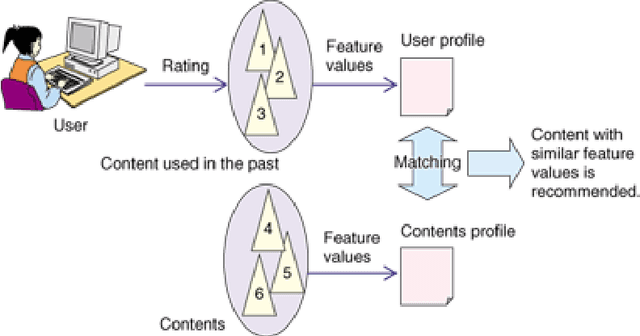
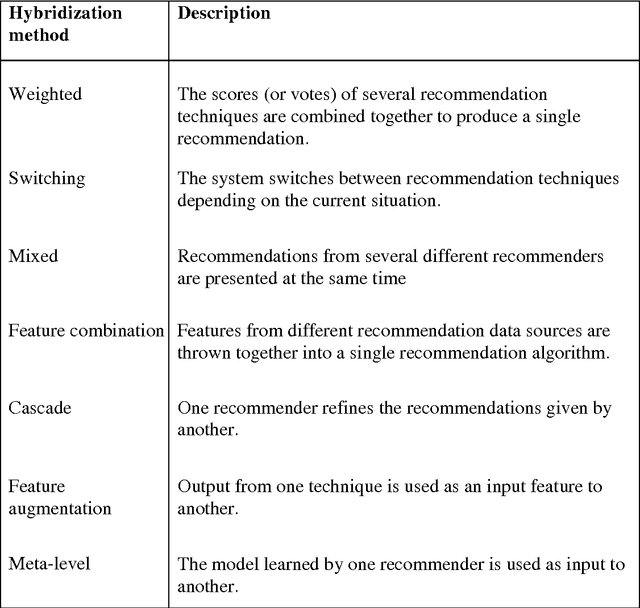
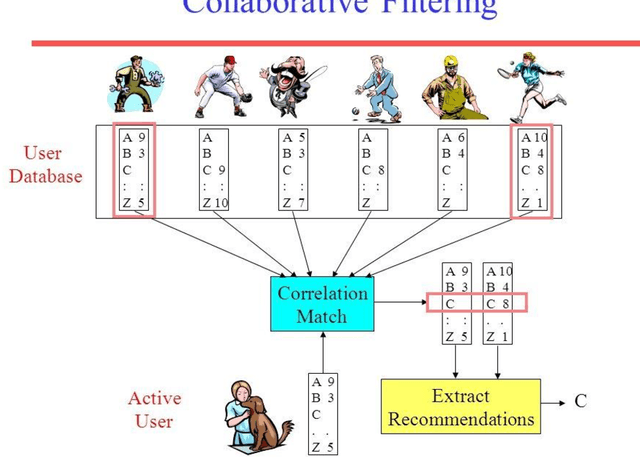
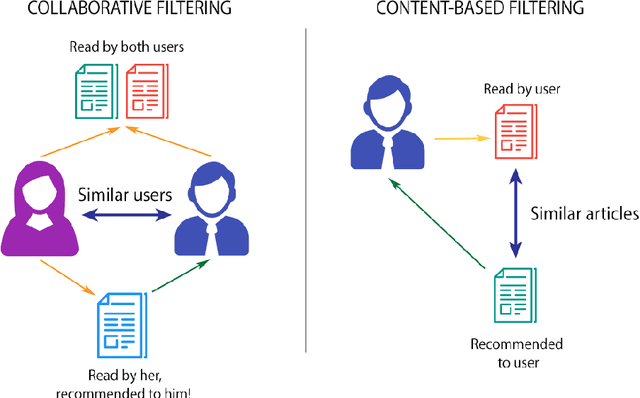
Abstract:In the last decade we have observed a mass increase of information, in particular information that is shared through smartphones. Consequently, the amount of information that is available does not allow the average user to be aware of all his options. In this context, recommender systems use a number of techniques to help a user find the desired product. Hence, nowadays recommender systems play an important role. Recommender Systems' aim to identify products that best fits user preferences. These techniques are advantageous to both users and vendors, as it enables the user to rapidly find what he needs and the vendors to promote their products and sales. As the industry became aware of the gains that could be accomplished by using these algorithms, also a very interesting problem for many researchers, recommender systems became a very active area since the mid 90's. Having in mind that this is an ongoing problem the present thesis intends to observe the value of using a recommender algorithm to find users likes by observing her domain preferences. In a balanced probabilistic method, this thesis will show how news topics can be used to recommend news articles. In this thesis, we used different machine learning methods to determine the user ratings for an article. To tackle this problem, supervised learning methods such as linear regression, Naive Bayes and logistic regression are used. All the aforementioned models have a different nature which has an impact on the solution of the given problem. Furthermore, number of experiments are presented and discussed to identify the feature set that fits best to the problem.
 Add to Chrome
Add to Chrome Add to Firefox
Add to Firefox Add to Edge
Add to Edge